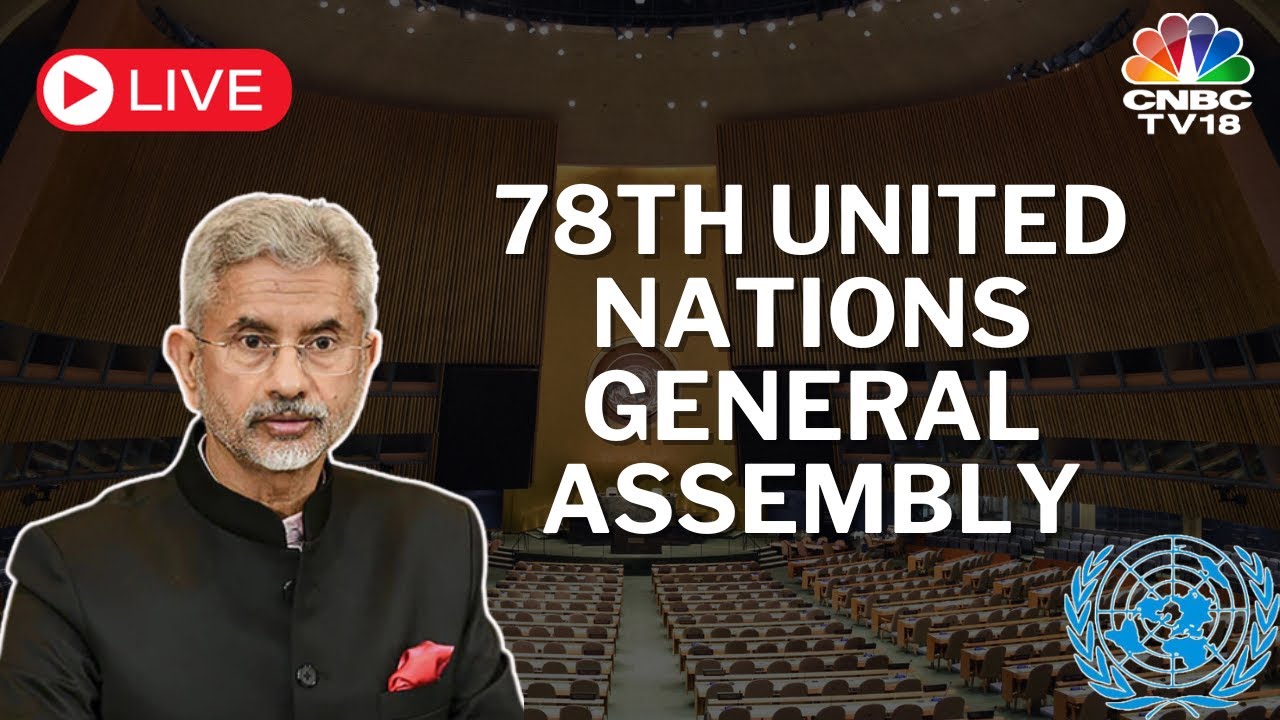The G20 Summit | What is it Exactly? | Dhruv Rathee
Summary
TLDRThis video explains the significance of the G20, highlighting India's presidency in 2023. It traces the origins of the G7 and G20, illustrating how economic crises led to their formation. The G20 comprises 19 countries and the European Union, representing major global economies. Initially focused on financial stability, the G20 has expanded its agenda to address pressing issues like climate change and sustainable development. The video also discusses the Troika system and the various summits leading up to the main event, showcasing India's themes for this year's summit.
Takeaways
- 🌍 The G20 presidency is held by India in 2023, hosting summits for the top 20 economies worldwide.
- 🤔 The G20 was established in response to the interconnectedness of global economies and the need for collective action to address financial crises.
- 📉 The origins of the G20 can be traced back to the G7, formed in the 1970s during the oil crisis to coordinate economic policies among developed nations.
- 🌐 The G20 includes 19 countries and the European Union, representing both developed and emerging economies.
- 💼 Initially, G20 meetings involved only finance ministers and central bank governors, evolving to include heads of state after the 2008 financial crisis.
- 🏦 The G20 countries collectively account for 85% of global economic output and over 75% of global trade.
- 📅 The G20 summit rotates annually among member countries, with Indonesia hosting in 2022, India in 2023, and Brazil in 2024.
- 🌱 India's 2023 G20 theme, 'Vasudev Kutumbakam,' emphasizes green development, sustainable goals, and women-led initiatives.
- 🤝 Alongside the main summit, numerous ministerial and engagement group meetings occur to discuss specific issues.
- 🚫 Individual leaders' foreign policies can complicate consensus on major issues, as seen with China and Russia's absence in 2023.
Q & A
What is the G20, and why does it exist?
-The G20 is a group of the world's largest economies that was established to promote international financial stability, especially in response to economic crises. It includes both developed and emerging economies to address global economic issues.
What historical event led to the formation of the G7?
-The G7 was formed in response to the oil crisis of 1973, which caused significant economic recession in Western countries. Finance ministers from major economies held informal meetings to discuss economic strategies to combat the crisis.
How did the G20 come into existence?
-The G20 was established in 1999 after the Asian financial crisis of 1997. Recognizing the interconnectedness of the global economy, the G7 countries decided to include emerging economies to enhance economic stability.
What significant change occurred in G20 meetings after the 2008 financial crisis?
-Following the 2008 financial crisis, G20 meetings began to include heads of state and government, rather than just finance ministers and central bank governors, marking a shift towards a more comprehensive approach to global economic issues.
What is the Troika System in the context of G20 presidencies?
-The Troika System involves three countries working together: the current G20 president, the previous year's president, and the next year's president. This ensures continuity and a smooth transition in leadership and agenda-setting.
What themes is India focusing on during its G20 presidency?
-India has set the theme of 'Vasudev Kutumbakam' and is focusing on issues such as Green Development, Sustainable Development Goals, digital public infrastructure, and women-led development during its presidency.
How many countries are members of the G20, and which regions do they represent?
-The G20 consists of 19 countries and the European Union, representing major economies from different regions including Asia, North America, South America, Europe, Africa, and the Middle East.
Why is it challenging for G20 countries to reach a consensus on issues?
-Each G20 country has its own foreign policies, priorities, and agendas, making it difficult to achieve unanimous agreement on issues, particularly on matters like climate change and economic strategies.
What types of meetings occur within the G20 framework besides the main summit?
-In addition to the main summit, the G20 framework includes ministerial meetings (like finance, health, and labor ministers), engagement groups (such as B20 for business and W20 for women), and Sherpa meetings, where representatives coordinate discussions.
What role do guest countries and organizations play in G20 summits?
-Guest countries, like Spain and others invited by the host, can participate in G20 summits. Additionally, major organizations like the UN, WHO, and IMF are invited to engage in discussions related to international issues.
Outlines

このセクションは有料ユーザー限定です。 アクセスするには、アップグレードをお願いします。
今すぐアップグレードMindmap

このセクションは有料ユーザー限定です。 アクセスするには、アップグレードをお願いします。
今すぐアップグレードKeywords

このセクションは有料ユーザー限定です。 アクセスするには、アップグレードをお願いします。
今すぐアップグレードHighlights

このセクションは有料ユーザー限定です。 アクセスするには、アップグレードをお願いします。
今すぐアップグレードTranscripts

このセクションは有料ユーザー限定です。 アクセスするには、アップグレードをお願いします。
今すぐアップグレード関連動画をさらに表示

Diplomasi 101 Ep.9: Indonesia dan G20

Perspective : The Voice of Global South | 14 January, 2023

LIVE: EAM S Jaishankar Addresses UN General Assembly | Jaishankar Speech LIVE | India-Canada | N18L

Keterangan Pers Juru Bicara Pemerintah untuk Presidensi G20 Indonesia Maudy Ayunda, 3 November 2022

Keterangan Pers Juru Bicara Pemerintah untuk Presidensi G20 Indonesia, 19 Mei 2022

Lihat, Lantangnya Maudy Ayunda Bicara di Atas Podium | Liputan6.com
5.0 / 5 (0 votes)
